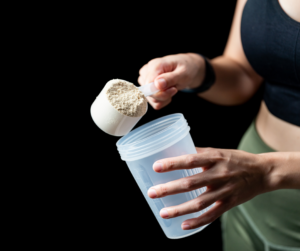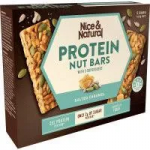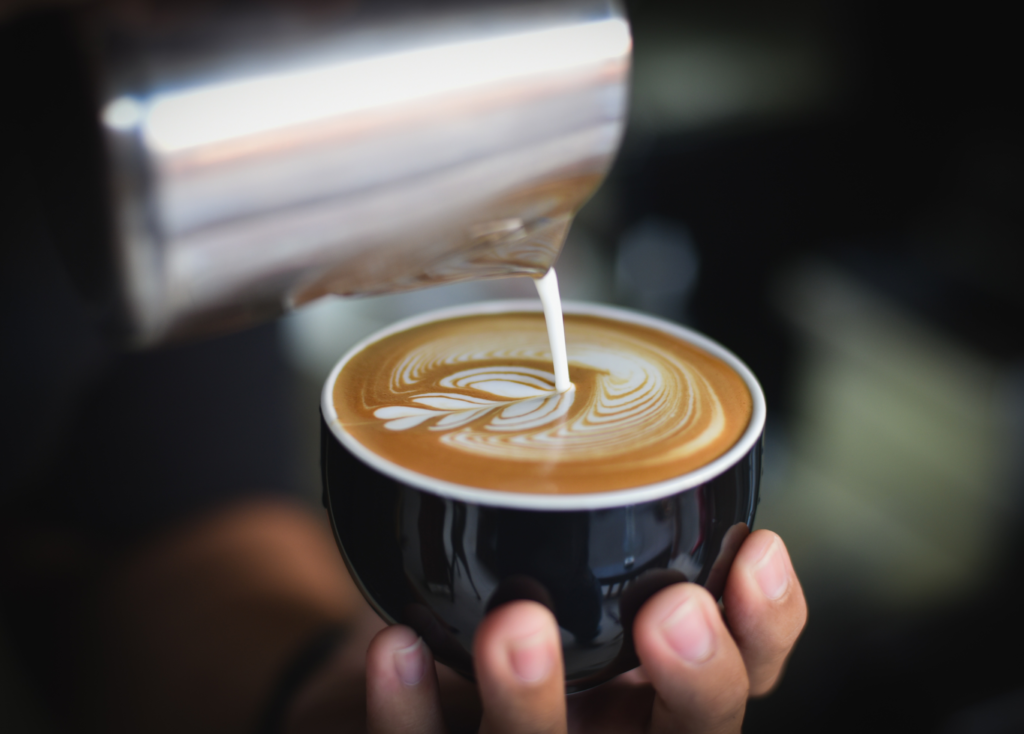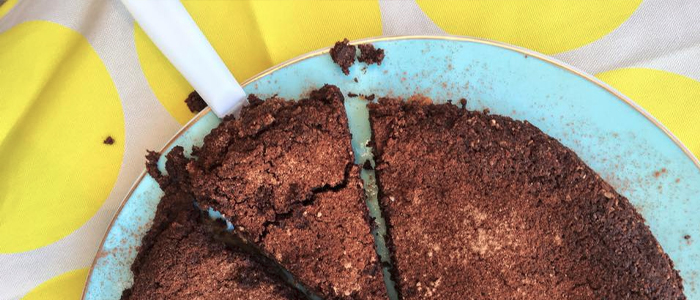A common question we get at the gym is if protein powder is recommended, and then the follow on question tends to be… “Will it make me bulky?”
Use of Protein Powder
The purpose of Protein Powder is for people, whether athletes, bodybuilders, fitness enthusiasts, or just your average joe, to up their protein intake in the easy form of a powder. Protein Powder exists because of pure convenience, because you may not always be in the position to roast a chicken, pan fry some steak, or boil up some beans. Protein Powder is often lower in calories than a “standard” source of protein. It is recommended that you eat 1-1.5g of protein per kg of your body weight, and while most people think they get enough, they may not.
Some examples of this (using calories just as a comparison for how much protein you get for the number of calories you consume) are as follows:
- Boiled Egg: 6g of protein (140 calories)
- A Tank Lemon & Herb Chicken salad (My favourite!): 24g of protein (222 calories)
- A thin slice of shaved ham: 2.9g of protein (30 calories)
- 2 Roasted Garlic Bean Supreme Vegetarian Sausages: 8.4g of protein (153 calories)
- ½ cup of Lentils: 9g of protein (200 calories)
- A tin of Watties baked beans: 10.8g of protein (220 calories)
- 1 glass of milk: 3.4g of protein (130 calories)
- 10 almonds: 2.5g of protein (149 calories)
- Milo “Protein Clusters” Cereal: 5.5g protein (191 calories for one 45g serving)
- 2 scoops of Horley’s 100% Whey Vanilla protein powder: 18.6g of protein (and only 98 calories! This is the protein powder I have used in the past, it tastes great in my opinion, the vanilla one with half a banana and lots of ice tastes just like a good old banana milkshake/smoothie with vanilla ice cream!)

Why protein is important in our diet?
Protein IS NOT just about building muscle and is only needed by bodybuilders. Protein is one of the three macronutrients (the other two being fats and carbohydrates), and is the building blocks of the body. Your body needs it in a relatively large amount and it is vital to the body. This is because your body uses protein to repair and build tissues. Protein is also a building block of bones, muscles, cartilage, skin, hair, and nails! Fats and Carbohydrates are stored in your body, but Protein is not, which means it needs a fresh supply every single day, and it’s up to you to provide your body with this supply. Even if you don’t exercise, your body still needs protein to regenerate and repair different cells in your body.
Will I get “bulky” from eating more protein?
If you are eating 1 to 1.5g per kg of your body weight, you will not gain muscle, as this is the recommendation to keep your body happy and healthy. Remember that females do not have the same amount of testosterone as males to get that “bulk” that we refer to. Therefore it is impossible to get that bulky without extra help from anabolic steriods.
When should you use protein powder?
Whenever you want! Protein shake for breakfast, morning tea, afternoon tea, or for dessert! That’s the great thing about protein powder, it’s quick, easy, and versatile! You can have it alone with water, make it a smoothie by adding some berries or half of a banana, or you can even put it in some yoghurt and make a thick mousse!
At the end of the day, you don’t NEED protein powder. There are many foods high in protein that would let you reach your goal easily! However, Protein powder is usually lower in calories, super tasty (if you find the right one!), and really convenient! If you think you need to up your protein intake and want convenience, definitely give protein powder a try! Some health food stores sell single sachets of a variety of protein powders.
“Fitness HQ for women is North Shores 24/7 Boutique gym just for Women”




